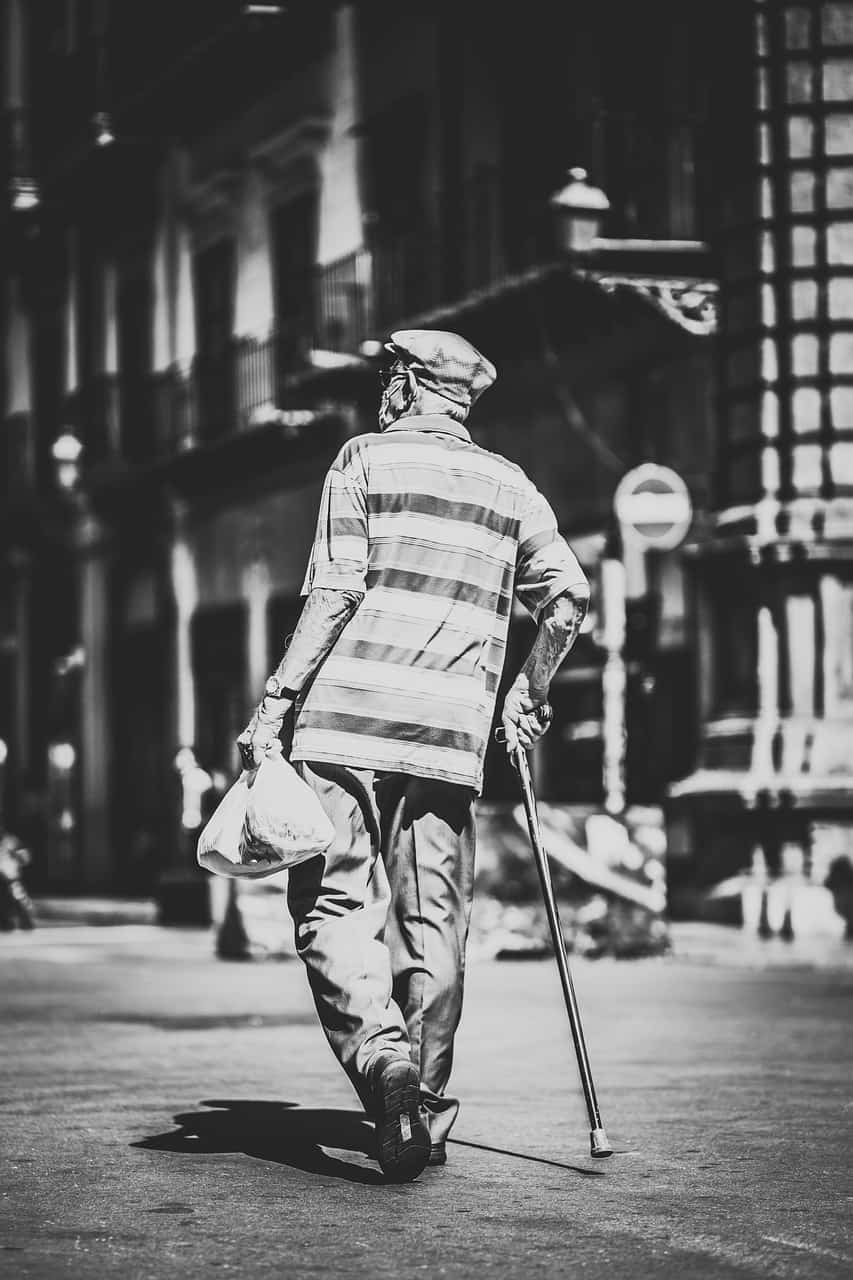
How to Cultivate Autonomy (Part 2)
Part One of this series looked at working with youth.
My Dad is going to turn 78 this year. He is someone that I love and that I know loves me. Sometimes a close relationship can get in the way of developing autonomy because their need and your ability to fulfill their need defines the relationship. Luckily this is not so with me and my father. We both understand that the other is supposed to leave. It’s what makes coming back together such a meaningful choice.
I remember being young and trying to play catch with him. He couldn’t catch or throw. I was puzzled because I thought adults could do everything better than kids. They seemed to everywhere else. The game ended up being more of roll and pick-up, which did not seem fun to eight-year old me. In hindsight, I recognized he didn’t know how to play. Anything. He never had the chance, having worked since he was a boy. He came to America when he was sixteen. With no language and no money, again the path was to find and then execute work. Do that until you can’t anymore, rest, and repeat.
For fifty years he did this, and his body kept up with the demands of factory work. He eventually retired (in a semi-forced way) at 70, and then the degradation started to show. An Achilles rupture, diabetes, stroke, heart failure. He sat in a chair for three years because it was the only way he didn’t hurt. There was no structure, no motivating means to do/ utilize self for a value-driven purpose, no cycle of exhaustion to deserve and earn sleep. He was stuck, quite literally, and with no other recourse chose to settle into this new place.
I’ve taken multiple stints back home to revive him from his un-living state. After a major accident in which lawsuits were filed, he stopped driving. He loved his cars and being able to go where and when he pleases, so I knew the first act had to be to get him driving again. We did some reacting and walking drills (you have to get out of the car and get into the store...). Once they proved satisfactory we drove around the neighborhood and I asked him to make certain turns at certain places. Then we got on busier streets. Then we ran an errand. In all of these expanding stages, I sat in the passenger seat, mostly observing, knowing he would try harder to pay attention and get it right if I was with him. I also knew he really didn’t want to kill me, and was probably lukewarm on whether or not he himself survived the trip.
Once the independence of driving was restored, we established a routing of daily gym going. He needed a place to go that was for him, and didn’t rely on a grocery need. (Shout out to rec centers and Silver Sneakers for making that happen. He would not have paid for a typical membership.). At first he asked, “What are we going to do?”. We always began with some walking, as that was the most fundamental need or skill to rely on. When his back started hurting I gave him some remedies, paring them down to simpler and simpler every time, because he did not remember nor know what he was doing. He followed directions, without complaint, as workers do. Feeling was alien, and he did not have the words or access. So we automated a different way to move his hips, against the rail, that could be done at any time.
After his lap or two, I took him through some fear-inducing actions/ environmental novelties. He had to be successful. He had to be able to navigate. He knew he had me right there to talk it through, to help him think. Like the boy, we always were victorious, even if the original ask had to be adjusted. A win is a win and they begin to stick and build confidence.
Finally, we went through the row of machines, one by one, showing him how to adjust the weights and settings. Once he started to show competence on how to operate the things he wanted to interact with, I moved with him through the circuit and simply observed, just like driving. I acted as a safety latch neither of us wanted him to use. The randomness of specific targeted activity was streamlined into a habitual routine. The switchover occurred as I reflected his ask back him, “What do YOU think we should do today?” Little by little, he started to have answers. “What’s next?” “How many did you do?” “When do you want to stop?”
Fast forward several months and he still goes to the gym every day. His routine has altered slightly. He still starts his session with a walk lap, followed by rest, and then does the recline elliptical bike followed by the recline regular bike. He’ll do each for about an hour, and measures his success in how long he spends at the gym. He got some headphones and watches the horse races on his personal TV during the final leg of biking. (It not only lengthens this stint of interaction but also adds another layer of autonomy – he watches what he chooses.). His gym time adds an important social element as well. People talk with him, he talks with others. The environment is full of older people trying to keep their decline from a more severe drop off, and both encouragement and commiseration abounds.
[Feature Image by Sammy-Sander from Pixabay.]



